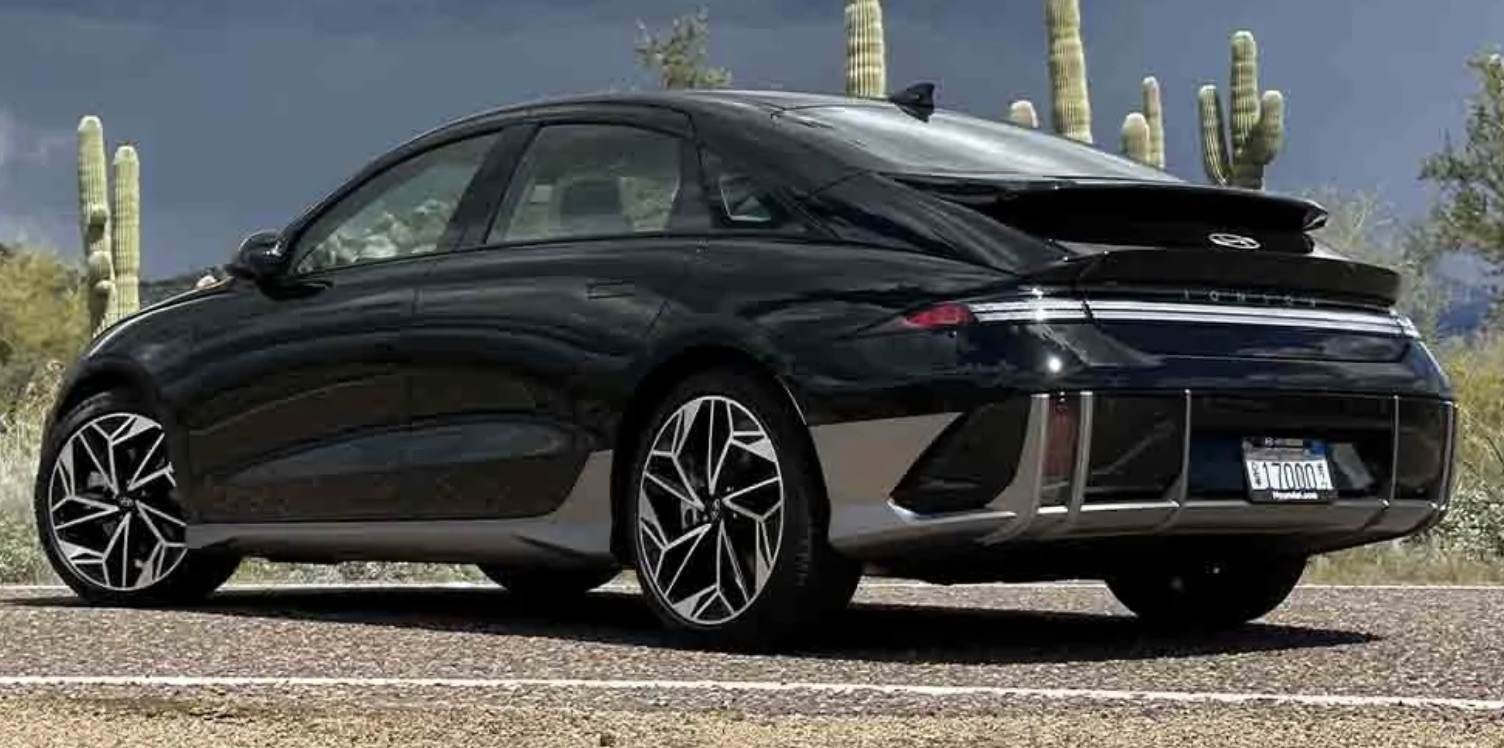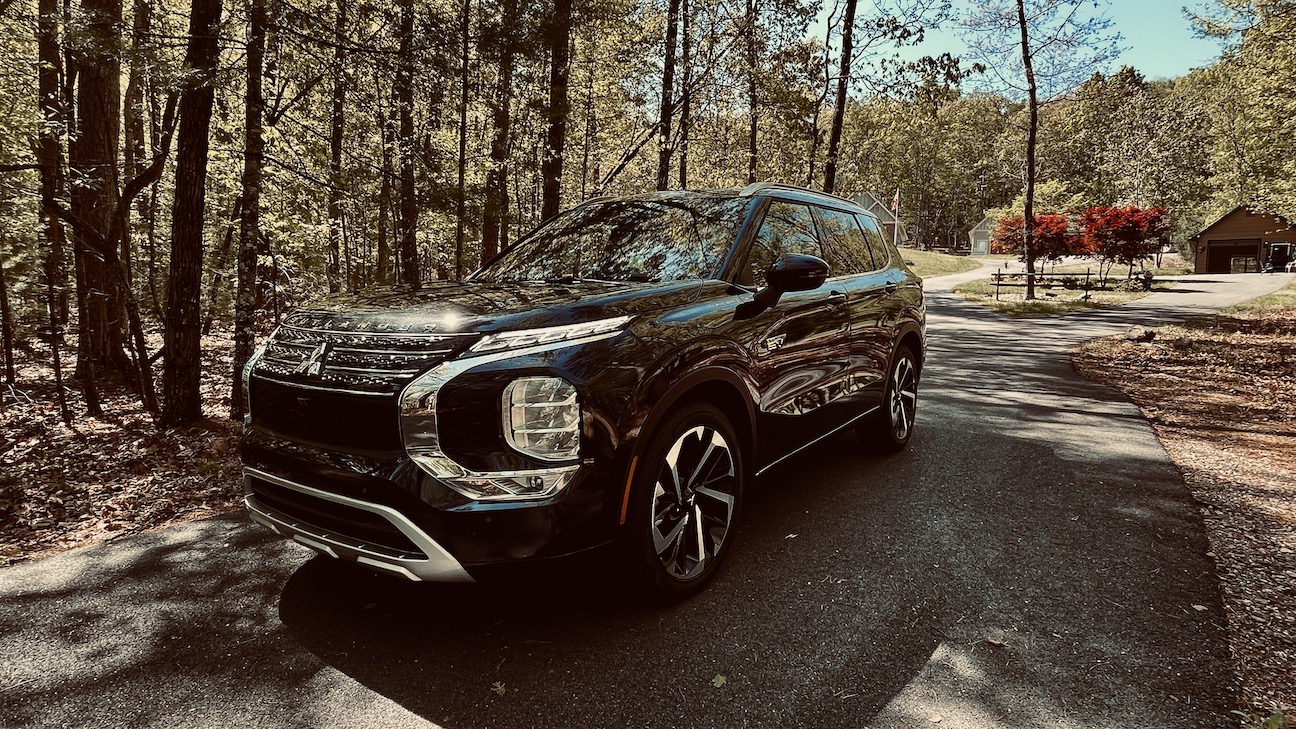mellobob
Well-known member
When I first read these comments I did wonder if the "created heat" was from left over hot air from the majority owner of the company?

kpetrov said:"Special" Tesla patented heat pump create it's own heat!!!
The only beauty in Tesla's heat pump system is that collects residual heat from all possible sources in the car with it's complex refrigerant, cooling lines and heat exchangers.
It has good coefficient like most of the modern heat pumps out there but like I was schooled that coasting in B0 is not a real coasting and there are loses, so as collecting residue heat which is a loss as well.
So Tesla pump doesn't create, just collect ant transfer all heat losses.
Isn't it...littlescrote said:It's so nice to read comments of other educated people
LowOnCash said:Thanks for the reply - Your comment "So Tesla pump doesn't create, just collect ant transfer all heat losses" regretfully this statement is incorrect.
...
kpetrov said:Well even without Elon's heat pump but just a regular - modern one my heating bill at home is three times lower compared to when using a baseboards.
The deal is when one do not collect the residual heat with a complex system the heat pump becomes much less effective and the owners of the new 2023 PHEV living in cold climates can confirm it.
littlescrote said:Most of the stuff needed for a heat pump is already in the vehicle for the A/C. The difference between heat pump hardware and A/C hardware will be in the 10s of dollars, not more. Again, you are showing a total lack of understanding on the subject.
IMO a heat pump with an additional electric heater is the best choice. Given that the hardware for both easily exists, I don't understand why that wasn't done.
Well alternately, Mitsubishi could use an induction motor for one of the two axles like Tesla does. Tesla vehicles do not have a disconnect clutch, but use the internal permanent magnet synchronous reluctance motor most of the time, and the induction motor only when necessary. The IPMSynRM is more efficient, and so it used most of the time and is preferred, but when the car needs more power or one axle starts slipping, the induction motor is used to power the other axle. But unlike a motor with permanent magnets, there's no penalty for freewheeling an induction motor. No power to the stators = no magnetic field = no induced current in the rotor = no back EMF.Hello Guys - Regretfully there is no such thing as a single motor powering our Outlander unless something is broke. I know there is a lot of conversation regarding Eco mode using only one motor, but the truth of the matter, there is no such thing as a single motor powering our Outlander for added economy.
On a two motor system like the Outlander where both motors are coupled to the wheels, if only one motor was powering the the EV, the other motor would drag behind resulting in even worse range then using both motors.
Even though the second non-working motor is not helping to propel the car, it would still require sufficient power to prevent it from lagging behind because the tires are still turning the motor. Therefore, the lost power needed to prevent it dragging, plus inverter and motor losses would negate the use.
To avoid all these losses, what the Outlander really needs is a motor disengagement clutch to totally disengage the rear motor when not needed. This would make good sense, since possibly 98% of the time, we have no use to for both motors. Equipping the Outlander with a motor clutch would make a substantial difference in range.

Hyundai recently equipped their AWD Iconiq 5 & 6 with a “Disconnect Actuator System” (DAS), a motor disengagement clutch to free the motor from the wheels, the result is a 6-8 % increase in range. Should this hold true for the Outlander, instead of up to 50 miles of range, we could see range increase to 55-58 miles.
Therefore my wish list for Mitsubishi for the 2024 Outlander is to incorporate a motor clutch system, then reduce tire size to 18 or 19 inches for additional range and a smoother and quieter ride.
If they did, we could see possibly 65-70 miles of range on one charge.
Regards - Mike

Enter your email address to join: